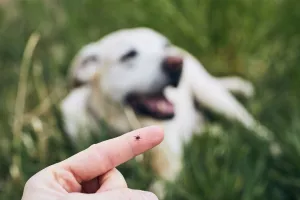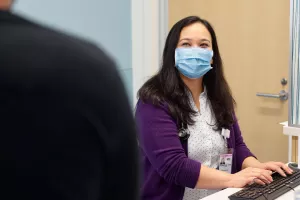Even the tiniest things can make the biggest impact on your life — like ticks which can cause Lyme disease. When we spend time outdoors, the threat of Lyme disease increases since those pesty ticks thrive in warm weather.
Spotting Lyme in time
Did you know that the Northeast and upper Midwest account for more than 90% of the reported Lyme disease cases yearly? Tick bites, which can transmit Lyme disease, are as sometimes small as a pin. The infection certain ticks carry can affect your joints, nerves, skin and your heart.
If you have a tick bite, it's common for a red bump to appear and then go away after a few days. It's important to monitor that area for the first 30 days after a tick bite. Look for these symptoms:
- Rash that looks like a target or a bullseye, with red around the ring and white in the middle
- Flu-like symptoms, including chills, fatigue, body aches, headache, or fever
The good news: if caught quickly, most cases of Lyme disease can be cured with antibiotics. But when left untreated, it can cause serious problems, including:
- Severe joint pain and swelling
- Mental and cognitive symptoms
- Weakness and numbness of limbs
- Rash in other areas of the body

Treatments
Treating you for tick-borne diseases is safe and relatively inexpensive. Antibiotics are the main treatment for Lyme disease, especially when it’s caught early. We find most respond well to an antibiotic once a day for two to three weeks, and that cures the disease for 99% of those infected.
If you discover Lyme disease later, we can help you find the right balance of medications and therapies to alleviate your symptoms and try to keep them from getting worse. We work with your primary care physician to provide the best possible evaluation and long-term care.
FAQs
For the best defense against Lyme disease, be sure to dress correctly and do a "tick check" after walking through a wooded area. Wear long pants that are tucked into your socks and long sleeves. And then once you're home, check your body from head to toe, especially areas that are warm like under your arms or in your hair. Look carefully because ticks can be very small. If the tick is removed within the first 36 hours, you reduce your risk of getting Lyme disease.

From regular office visits to inpatient stays, find the healthcare you need and deserve close to home.

Meet the doctors and care team devoted to supporting you every step of the way along your path to better health.